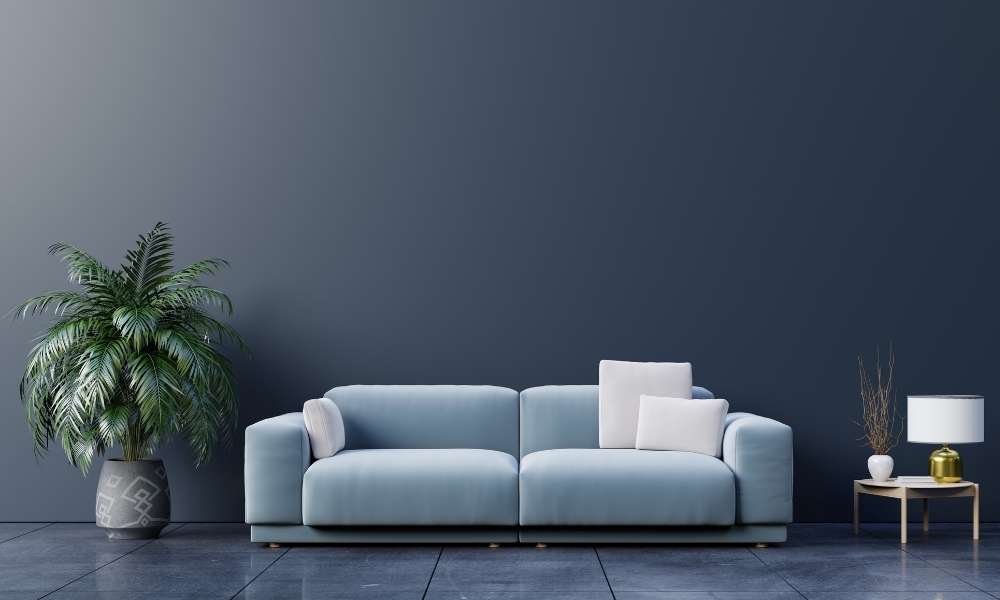Whether you are a green thumb or not so green, arranging plants in the living room is an easy way to add a touch of nature to your home.
It not only makes the space look more lively but it also prevents the growth of dust and allergens. It is also a good way to unwind after a long day.
Here are a few tips on how to arrange plants in your living room:
1. Choose A Spot That Fits The Plants adequacy Try not to place plants in awkward corners or arches. You don’t want to crowd the plants and end up with a smelly room.
Pace the plants so that at least one is in every room. If you have a large living room, make sure to place the plants at different distances.
2. Choose A Theme For Your Plants
The theme of your plants doesn’t have to be floral in nature. You can go for a rustic look with iron plants, a tropical look with lilies or a more natural look with plants. All you need is your creativity!
3. Check For A Healthy Plants Ratio Arranging plants is not only a pretty art but it also requires some basic mathematics.
The right plants for the space and the area you have, together with the right amount of space, height, and sunlight, will eventually result in a beautiful living room.
If the ratio is out of balance, the living room would look cluttered.
Plan Your Living Room Plants
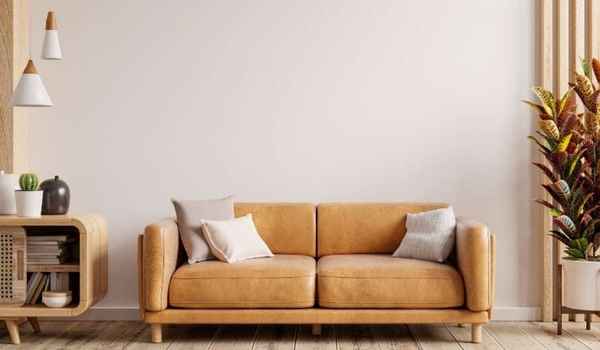
While there are a variety of ways to arrange plants in the living room, we can help you choose the right ones for the job. You should start by choosing the plants that you want to place in your living room.
This can be a bit tricky because you don’t want to overpower the room with too much greenery.
We recommend starting with the outer boundaries of the room. This way, you will have a better idea of where the lights should be placed. Once you have that sorted out, you can move onto the lights.
Proper Way To Arrange Living Room Plants
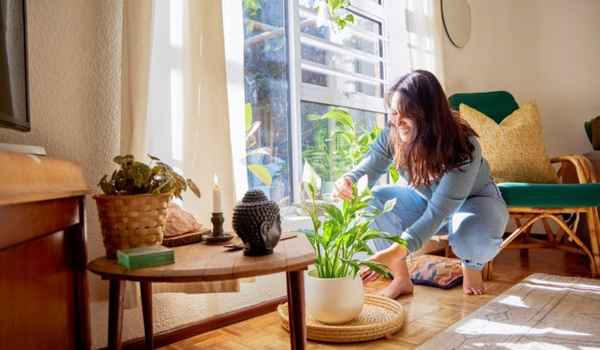
There are a variety of ways to arrange plants in the living room however the most popular one is the plant wall.
This is where you arrange the plants so that they form a wall across the room. Although it may seem like a simple task, there is certainly room for improvement with this living room wall plan.
Tips For Arranging Living Room Plants
If you are having trouble deciding where to place the plants, it is best to try a few different things first. Try putting the plants in an empty room.
Is it a problem? No. Let them free roam. If they like to take root and take over the walls, that is okay too. If they don’t mind a little dirt, the palm-tree look is great too!
If your room is rather small, you can also try placing the plants in a planter. This will give the illusion of more plants while still letting you enjoy the full benefits of a live-edge wall.
Create a Plant Wall

If you don’t have much space to work with the plant wall is one of the better options for you. You can purchase pre-made planters or you can build your own with the supplies you need.
If you are a beginner, the pre-made planter boxes are easy and inexpensive to build. Once you have the hang of it, it is very rewarding to create a wall of plants.
Some tips for creating a plant wall in your living room:
Decide on Your Wall Colour Before You Begin
The wall color will help you decide where to place the lights and keep the plants from looking too cluttered.
If you are building a custom plant box, choose a colour that coordinates with the room.
If you are going for a more rustic look with iron plants, a darker colour is ideal.
If you are going for a more natural look with plants, a light colour is ideal.
Try to use plants that are easy to grow and don’t require a lot of space.
If your room is rather small, you can also try placing the plants in a planter. This will give the illusion of more plants while still letting you enjoy the full benefits of a live-edge wall.
Plants Stand
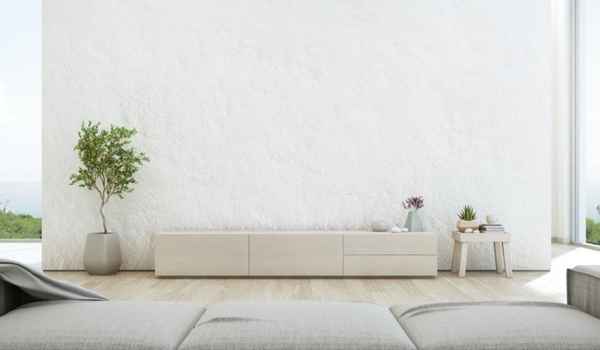
If you would like to add some sophistication to your living room, the plants can stand on their own rather than being part of a wall. This will allow the room to look more like a conservatory and will also allow you to reduce the amount of lights you need to purchase.
Some plants that you can use as stand-alone plants are:
Ficus, which is great for all-year-round
palms, which are good for all seasons
E.g. palm, pomegranates, peaches, etc.
You can also try growing plants on shelves, cabinets or the like.
Choose The Right Plants
When you are all set up with plants and pots in the room, it is time to choose the right plants for the space.
You can go with normalising varieties such as rhododendrons, azaleas, camellias, and turkish. Or you can go for more complicated patterns such as climbers, ficus, and palms.
The key here is to go with a variety of plants that work well together. You don’t want to compete for space and light in the room. You want to be able to see them and enjoy their company.
3 Top Tips On How To Arrange Plants
A great way to add some class to your living room is to use plants as pots. This will not only visually appeal to those who come over but it will also provide more space for the plants while still providing light and heat.
If you are looking for a way to add some nature to the room without spending a fortune, try growing plants in pots. They can be pretty cheap to purchase, take up very little space and look absolutely stunning in the room.
If you are looking for a more decorative way to arrange your plants, try using plants in pots. This will not only visually appeal to those who come over but it will also provide more space for the plants while still providing light and heat.
Place the Right Amount of Light on Your Plants

Plants need light to survive and grow. During the day plant leaves turn from green to chlorophyll and produce lots of chlorophyll which is then released into the air.
You can measure the amount of sunlight that your plants need by placing a piece of black cloth in front of a window.
If the piece of black cloth is exposed to less light your plants will be stressed and they will struggle to produce the essential elements.
At night when your plants are able to shine you will want to place lights around the room to create a more homogeneous look.
Plants Arrangement In Living Room
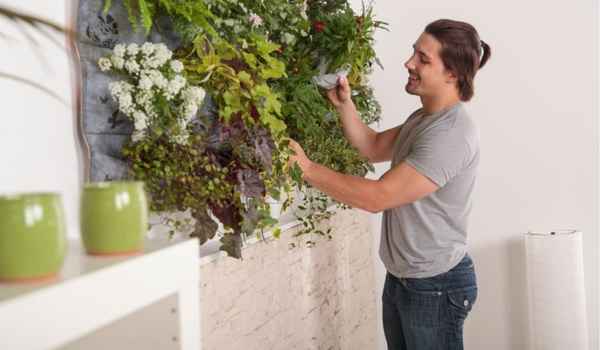
If light is the key to happiness for plants, then plants placed in the right areas will bloom around. If you place your plants in the right areas and place them in light, they will be able to grow and flourish. Keep in mind that plants do not like to be in the same place all the time.
If a plant is placed in a small room it will definitely get crowded. But in a large living room with different types of trees, plants can share a space just fine.
Plants for Living Room With Lights
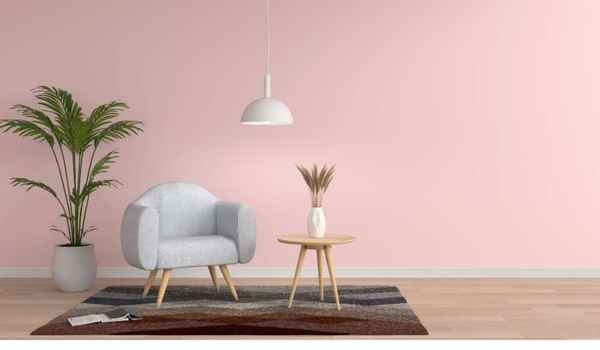
If you are looking for a more decorative way to arrange your plants, try using lights for them. This will prevent the risk of your plants getting out of control and taking over the room.
If you are unsure where to place the lights, try placing them above the plant pots to avoid light bleeding and to provide more structure to the plants.
Lights will also help to keep your plants from getting too sunburnt.
If a plant gets too much sun, it will start to turn green and get rather unhealthy looking. With lights, however, you have control over the lights and the amount of light the plant receives so your plant will remain healthy and happy.
Plants With Various Height
Growing plants from small pots is a fun way to add a touch of nature to your home. However, the problem with growing plants in small pots is that you can’t fit as many plants in your home. When you have a big backyard or a large house, you can always plant more containers.
But when you are trying to fit plants in a small space, you might want to try growing them in containers. The pots can be as small as one-liter glass bottles or even small juice or beer bottles. The containers can be placed on a table or a standalone wall-mounted shelf.
Here are some plants that grow well in plastic containers:
- Rooftree trees
- Rubber trees
- Guavas
- Papayas
- Aloe Vera
- Mango
- You can also buy plastic planters at craft stores and online.
Final Thought
If you are looking for a way to add some nature to the room without spending a fortune, try growing plants in pots. They can be pretty cheap to purchase, take up very little space and look absolutely stunning in the arrange plants in living room.

